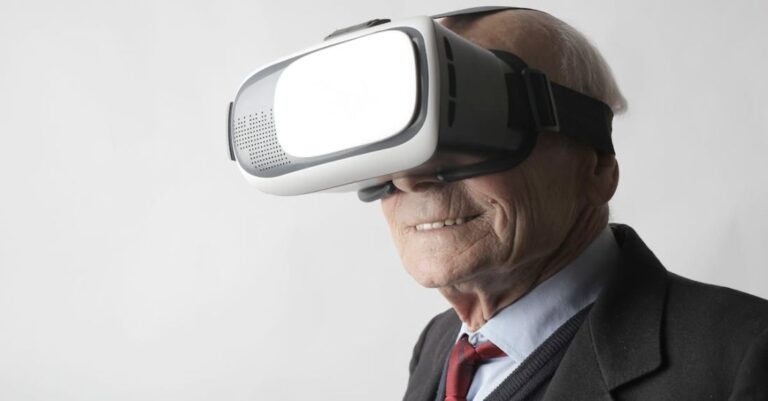
Augmented Reality (AR) has revolutionized the way we interact with technology, offering a unique and immersive experience that enhances user engagement across various industries. By seamlessly blending digital elements with the real world, AR has opened up a world of possibilities in fields such as gaming, education, healthcare, retail, and more. In this article, we will delve into how Augmented Reality enhances user experience and why it has become an indispensable tool for businesses looking to captivate and delight their audiences.
**Enhancing Visualization and Interaction**
One of the key ways in which Augmented Reality enhances user experience is by providing a rich and interactive visualization of information. Unlike traditional 2D interfaces, AR overlays digital content onto the physical environment, allowing users to see and interact with data in a more intuitive and engaging manner. For example, AR applications in interior design enable users to visualize how furniture and decor items would look in their own living spaces, helping them make informed decisions before making a purchase.
**Personalized and Contextual Experiences**
AR technology has the ability to deliver personalized and contextually relevant experiences to users based on their location, preferences, and behavior. By leveraging data analytics and machine learning algorithms, AR applications can adapt content in real-time to meet the specific needs and interests of individual users. This level of personalization not only enhances user engagement but also creates a more meaningful and memorable interaction with the technology.
**Improved Learning and Training**
In the field of education and training, Augmented Reality has emerged as a powerful tool for enhancing learning experiences. By overlaying educational content onto physical objects or environments, AR can make complex concepts more understandable and engaging for students. For instance, medical students can use AR to visualize and interact with 3D models of the human body, leading to a deeper understanding of anatomy and physiology. Similarly, AR-based training simulations allow employees to practice real-life scenarios in a safe and controlled environment, improving their skills and performance.
**Enhanced Shopping Experiences**
Retailers have also embraced Augmented Reality to provide customers with enhanced shopping experiences both online and in-store. AR-powered try-on features allow consumers to virtually try on clothing, accessories, and makeup before making a purchase, reducing the need for physical fitting rooms and increasing customer satisfaction. Additionally, AR product visualization tools enable shoppers to see how items would look in their own homes or surroundings, helping them make more informed buying decisions.
**Increased Engagement and Interactivity**
Augmented Reality has the ability to captivate users with interactive and immersive experiences that go beyond traditional forms of media. Whether through gamified AR applications, interactive storytelling experiences, or location-based AR games, users are drawn into a world where they can actively participate and engage with the content. This heightened level of interactivity not only keeps users entertained but also encourages them to spend more time interacting with the brand or product.
**Empowering Creativity and Innovation**
AR technology has empowered creators and developers to push the boundaries of creativity and innovation, leading to the development of groundbreaking applications and experiences. From AR art installations and immersive museum exhibits to interactive marketing campaigns and live events, the possibilities of AR are limited only by the imagination. By incorporating AR into their strategies, businesses can differentiate themselves from competitors, create buzz around their brand, and attract a new generation of tech-savvy consumers.
**In Summary**
Augmented Reality has transformed the way users interact with technology, offering a unique and immersive experience that enhances engagement, personalization, and interactivity. From visualizing information in a more intuitive manner to providing personalized experiences based on user preferences, AR has become a powerful tool for businesses looking to enhance user experience across various industries. By leveraging the capabilities of AR technology, companies can create memorable and impactful interactions that captivate audiences and drive brand loyalty.





